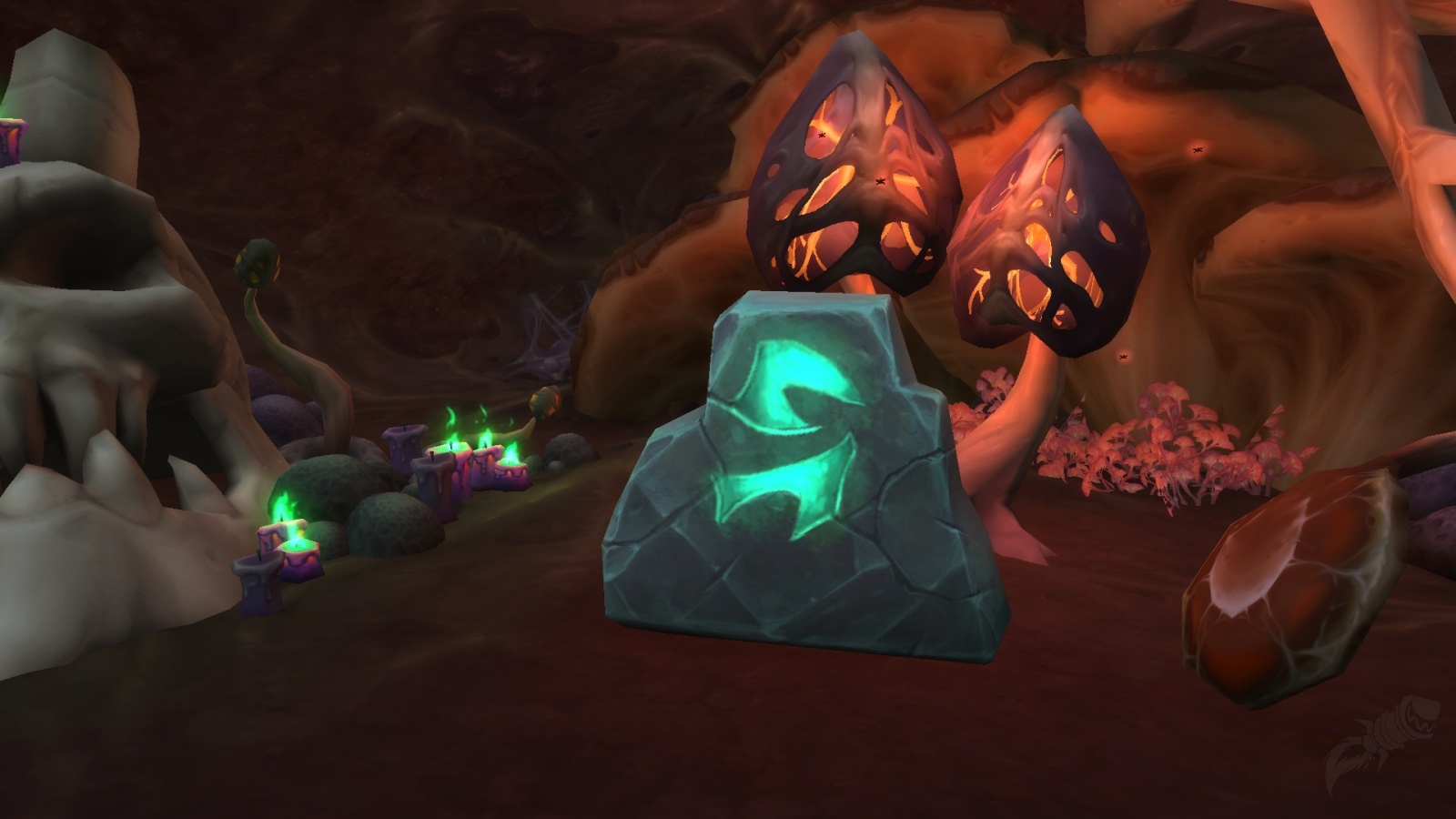
On the reverse of the Harford Farm Brooch, the goldsmith has signed his name in runes. (IMAGE: Norwich Castle Museum) Spong Man dates to the early/mid-5th century and is a unique find from Anglo-Saxon England, from which very few 3D representations of the human form are known, although intriguing parallels have been identified in Germany. It was excavated at Spong Hill in Norfolk, England’s largest-known Anglo-Saxon cremation cemetery. Might we also be able to gaze into an Anglo-Saxon face, in the form of ‘Spong Man’? This appealing little figurine, sitting with his (or her – despite the object’s nickname, there are no definitive signifiers of its subject’s sex) head in his hands, would have topped the lid of another funerary vessel, although it had become separated from its urn by the time of discovery. As for the runes themselves, they spell out a woman’s name, ‘Sïþæbæd’, as well as nine more letters whose meaning is more obscure, although they seem to include the Old English word hlæw (‘tomb’).Īssuming that Sïþæbæd is the name of the deceased person whose remains were consigned to the Lincolnshire soil within this vessel, thanks to this fragmentary text we can at least ‘meet’ one identifiable individual among the anonymous legions of Loveden Hill dead. Dating to c.450-500, this is one of the oldest-known records of the English language. Many of the more than 1,800 urns that have been excavated from the site are intricately decorated with incised or stamped patterns, but this vessel is unique in that its upper surface is also marked with a string of runic letters, cut into the clay while it was still soft.

Luda’s brooch (better known as the ‘Harford Farm brooch’) provides one of these fleeting echoes another example, earlier still, is a funerary urn from the great early Anglo-Saxon cremation cemetery at Loveden Hill, Lincolnshire. On the front of the Harford Farm Brooch, a clumsy repair to one of the lower panels can be seen. Yet we can still find traces of their words in the archaeological record: around 20 objects bearing runic inscriptions that pre-date c.AD 650 have been found in England so far.

Was it his workmanship that he was so proud of, though, or his literacy? Although the early medieval period would later see the flowering of a sophisticated English literary culture (of which more anon), the early Anglo- Saxons have left precious few surviving written sources to examine today. (Clearly someone still valued the brooch, despite its marred appearance.) The craftsman too seems to have been happy with his work, proudly signing his name on the back of the artefact in a short runic inscription that reads ‘Luda repaired the brooch’. Unfortunately, he bodged the job – the marks of his clumsy repair can still be clearly seen on the object, which has survived the centuries thanks to it later being buried in a woman’s grave in Norfolk, in the late 7th century. Fixing such a fine ornament would require all the skill and artistry at the medieval metalworker’s disposal. This was a strikingly beautiful object, adorned with complex patterns of gleaming red garnets, that was probably made in Kent, where other similar composite brooches are known. In the early 7th century, an Anglo- Saxon craftsman set about repairing the damaged lower panels of an ornate gold disc brooch.

All rights reserved.) How did the kingdoms of early medieval England evolve into a single nation?A new exhibition at the British Library combines artefacts and manuscripts to tell the story of the Anglo-Saxons in their own words. (IMAGE: The Trustees of the British Museum. This early anglo-Saxon urn from Loveden Hill, Lincolnshire, is one of only around 20 objects marked with runes known from England that pre-date AD 650.


 0 kommentar(er)
0 kommentar(er)
